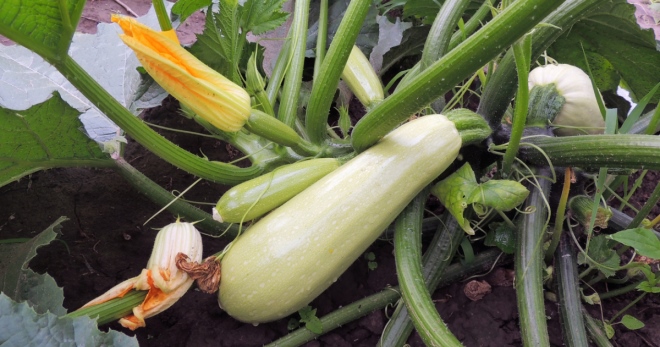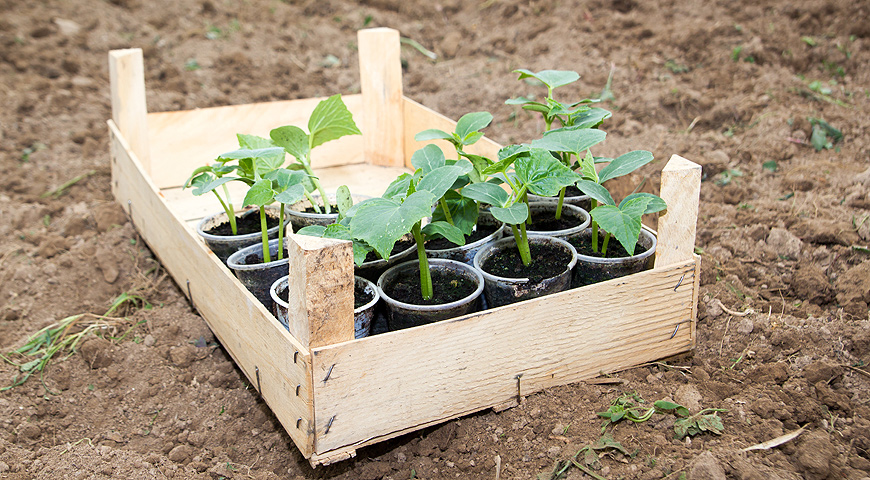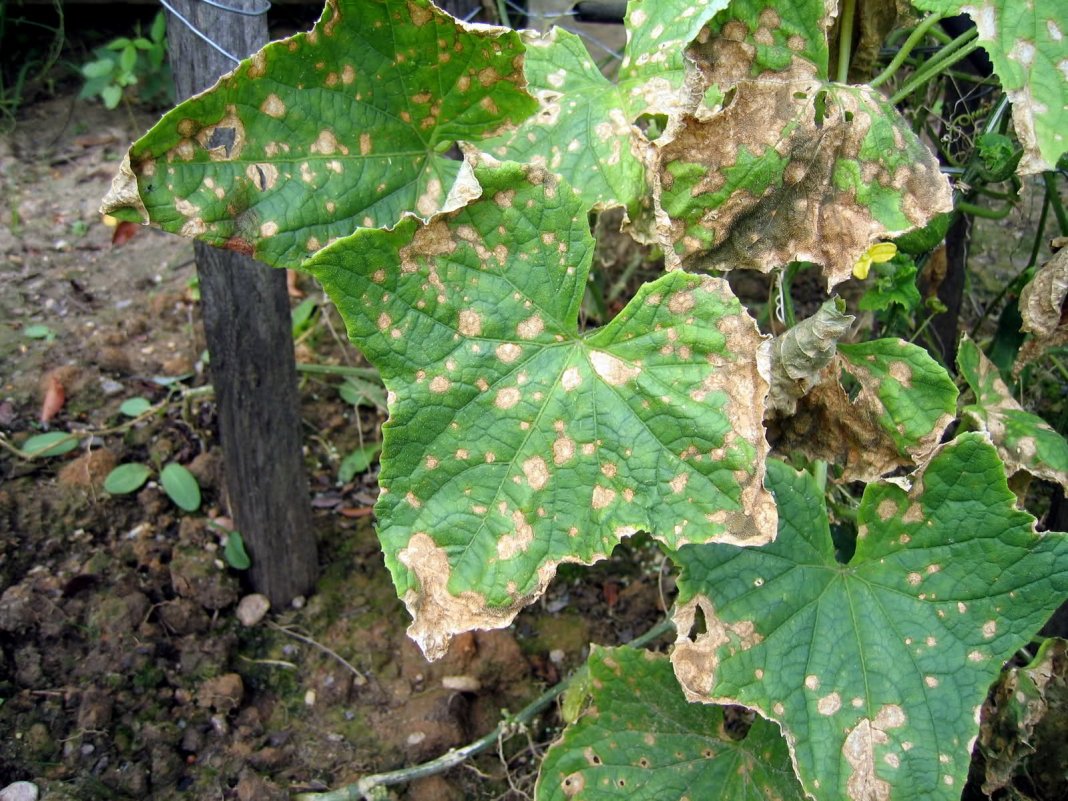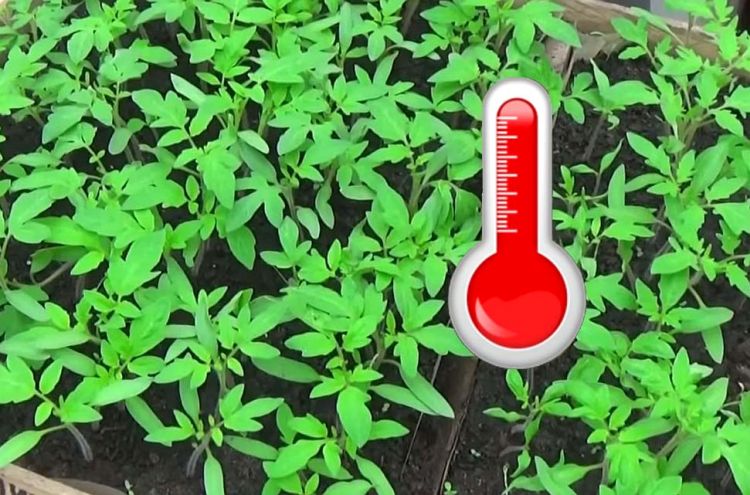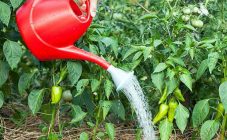Zucchini is perhaps one of the most popular and common crops among our gardeners. The plant is unpretentious in care, but at the same time it brings abundant yields of tasty and healthy zucchini. The vegetable has a rich chemical composition (vitamins, minerals, macro- and microelements), as well as dietary properties. In order to grow a good harvest in your garden, you need to familiarize yourself with a few simple rules of planting and care, and then just follow them.
Description of popular varieties
Before starting to study the most popular varieties, it is worth considering the main aspects of their choice:
- abundance of fruiting;
- pollination features (self-fertile, pollinated by insects);
- type of growth (climbing, bush);
- ripening time (early, middle or late).
Having familiarized yourself with the individual characteristics of each variety before purchasing them, you will be able to get the most out of the chosen crop.
Breeders are tirelessly engaged in breeding new varieties of zucchini. It is getting easier and easier to grow many of them, even despite the unfavorable climate. Consider the most popular self-pollinated species:
- Cavili is one of the best hybrids, which is characterized by an early ripening period and abundant fruiting. The length of the fruits can reach 22 cm, the color is light green. Duration of fruit ripening is about 1.5 months. From 1 square meter, subject to all the rules of agricultural technology, it is possible to collect up to 9 kg of crop.
- Jellyfish is a super early hybrid. It is recommended to cultivate under a film, has the advantageous feature - it is able to grow at significant temperature changes. The ripening period is about 35 days. The fruit has a delicate skin of light green color. The seed chamber is small in size, the pulp is moderately juicy and dense. The length is 25 cm and the weight is about 0.8 kg.
- Parthenon is the result of the work of Dutch breeders, a hybrid. Possesses indicators of abundant fruiting and compactness. For 1 sq. m you can plant 3-4 plants and collect about 15 kg of fruit. This variety is recommended for greenhouse planting. The vegetable has a dark green color, the pulp is moderately juicy, dense, light in color and with excellent taste. It is worth noting the universal use of fruits - they can be eaten raw, fried, stewed, and also prepared for the winter. These squash grows below normal until September.
Zucchini: growing temperature
Many gardeners are often interested in: what temperature can zucchini withstand in the open field? And this is an essential question, since one of the most significant factors for successful seedlings is the temperature regime, as well as the composition of the soil. If the soil is still poorly warmed up due to low temperatures, it is better to postpone the planting of seedlings in open soil.
This is due to the individual structure of the leaves and stem of zucchini. They are characterized by a cavernous and loose structure, so a temperature drop below 10 degrees can be fatal for a bush. zucchini grow at a temperature
A few days before planting the seeds, it is recommended to warm them up. Alternatively, hold it on the windowsill, where the sun's rays penetrate. The first shoots, as a rule, appear when the daytime is from 18 to 21 ° С, not higher, and the temperature for zucchini at night is + 13-15 ° С. The plant develops well if there is enough sunlight during the day, the air temperature is not below normal. Fortified sprouts grow well at a temperature of + 20 ° C and above.
What is the critical minimum temperature for zucchini? The plant can freeze and die in the fall at a temperature of -11 ° C. They can withstand such a cold snap for no longer than a week. If the plants still die, you need to immediately collect at least some kind of crop, since the leaves first die off, and only after that the fruits begin to rot.
Diseases and pests
Common illnesses include:
- Vertex bacteriosis. A symptom of the development of the disease is yellowing of the fruit. In case of severe damage, it is highly likely that the zucchini will turn yellow and rot. The disease develops with abundant soil moisture and poor air microcirculation. It is impossible to save the affected bushes. Therefore, preventive measures must be taken in advance: to properly care for the plant and irrigate with fungicides.
- Powdery mildew. A symptom of the disease is the formation of numerous white spots on the leaves. This is a fungal disease from which leaves curl and dry out. If the plants are infected, then you need to remove the affected fragments and burn, and then treat the bushes with fungicides. And best of all, when buying planting material, give preference to varieties that are resistant to powdery mildew.
- Fusarium infection affects the root system. In the process of development, it affects the stem and leaves. The plant withers and dries before our eyes. To treat the bushes, you will need to sprinkle the entire plantation, including the adjacent soil, with wood ash. With severe damage, chemical preparations are advisable.
As for pests, zucchini love to eat:
- melon aphid, which settles on the inside of the leaves and sucks out all the juices from the bush. To fight, the drug iskra-de is used;
- sprout fly, destroying young shoots on the vine. In its destruction, fufanon and karbofos have proven themselves well.
So, for the cultivation of zucchini, you do not need to know any special technologies. A standard set of knowledge is enough: when and at what temperature to plant, how to care for and from whom to save. If all this is taken into account, then the gardener will have another problem - what to do with the crop of zucchini, of which so many were born.
